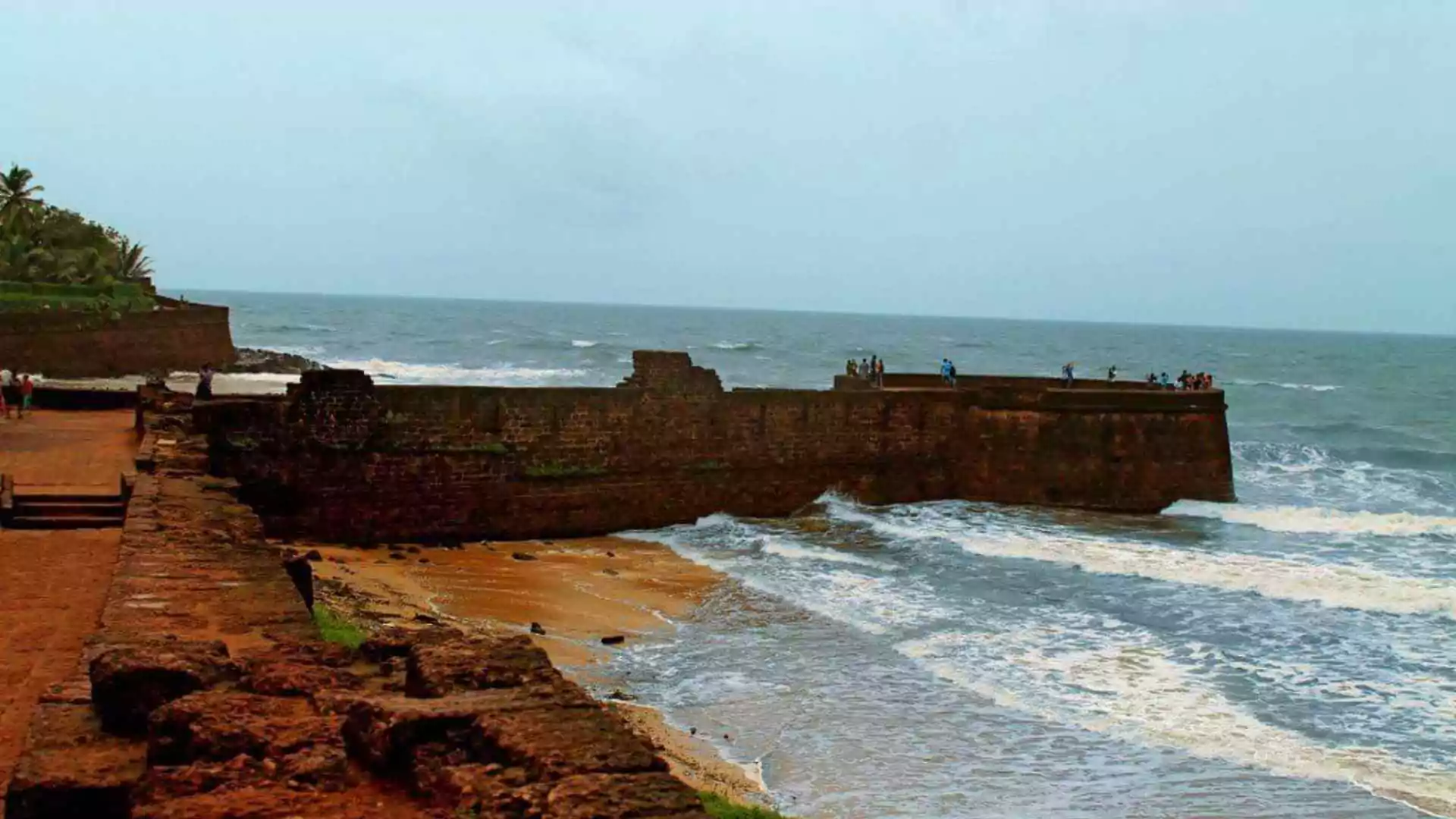In 2014, the Indian political landscape witnessed a seismic shift with the resounding victory of the Bharatiya Janata Party (BJP) under the leadership of Narendra Modi. This electoral triumph not only secured a decisive mandate for Modi but also propelled the National Democratic Alliance (NDA) to a commanding position in the Lok Sabha. The NDA, with a staggering tally of 353 seats out of 543, emerged as the dominant force, enabling Modi to assume office as Prime Minister with unparalleled strength.
The BJP-led NDA has secured 293 seats in the 2024 Lok Sabha elections, paving the way for PM Modi’s historic 3rd consecutive term. All eyes are now on the formation of the new cabinet and the portfolios to be assigned. Political analyst Himanshu Bhatt shares his insights
Watch… pic.twitter.com/E1VicaQwgz
— NewsX World (@NewsX) June 6, 2024
Advertisement · Scroll to continue
Narendra Modi’s ascent to power in 2014 marked a significant turning point in Indian politics. Riding on a wave of immense popularity and promising change, Modi’s Bharatiya Janata Party (BJP) secured a historic mandate in the Lok Sabha elections. The National Democratic Alliance (NDA), led by the BJP, achieved a resounding victory, capturing a staggering 353 out of the 543 seats in the lower house of Parliament.
The BJP emerged as the undisputed leader within the NDA, securing a commanding 282 seats. Alongside the BJP, key allies such as the All India Anna Dravida Munnetra Kazhagam (AIADMK) with 37 seats, Shiv Sena with 18 seats, Shiromani Akali Dal (SAD) with 4 seats, Lok Janshakti Party (LJP) with 6 seats, and others contributed to the coalition’s overwhelming success. Modi’s decisive leadership and the NDA’s formidable coalition laid the foundation for a period of transformative governance.
The momentum of Modi’s leadership and the BJP’s electoral machinery reached new heights in the 2019 Lok Sabha elections. The NDA, once again, secured an overwhelming majority, reaffirming the electorate’s confidence in Modi’s vision and governance. With 353 seats, the NDA maintained its stronghold, paving the way for Modi’s second term as Prime Minister.
In 2019, Narendra Modi and the BJP returned to power with even greater strength and determination. The Lok Sabha elections witnessed a reaffirmation of public faith in Modi’s leadership, with the NDA securing an impressive 353 seats once again. The BJP alone won a remarkable 303 seats, further solidifying its position as the dominant force in Indian politics.
The NDA, comprising a diverse array of regional parties including the Shiv Sena with 18 seats, Janata Dal (United) [JD(U)] with 16 seats, Lok Janshakti Party (LJP) with 6 seats, and others with 10 seats, continued to provide unwavering support to Modi’s vision for India’s development and progress. Together, they formed a formidable coalition that aimed to address the nation’s challenges and propel it towards a brighter future.
Modi’s cabinets in both 2014 and 2019 reflected the BJP’s dominant position within the NDA coalition. In 2014, out of a total of 71 ministers, the BJP secured 66 ministerial positions, allowing it to exert significant influence over key policy decisions and governance matters. The inclusion of allies such as Shiv Sena, SAD, LJP, Apna Dal, and RPI further strengthened the coalition’s unity and diversity.
Similarly, in 2019, the BJP continued to lead the government with an overwhelming majority of 70 ministers out of a total of 72. Despite minor adjustments in the composition of the cabinet, the BJP remained the driving force behind the NDA’s governance agenda, ensuring continuity and coherence in policy formulation and implementation.
Analyzing the Ministerial Representation:
In both 2014 and 2019, the BJP emerged as the driving force within Narendra Modi’s cabinets. With a majority of ministerial positions allocated to BJP members, the party exercised substantial control over key ministries and policy decisions. The dominance of the BJP reflected the party’s organizational strength, electoral prowess, and Modi’s central leadership role.
Meanwhile, the NDA allies, though contributing to the coalition’s numerical strength in Parliament, played a relatively minor role in the cabinet. Shiv Sena, SAD, LJP, Apna Dal, and RPI, while having a token presence in the cabinet, did not wield significant influence over governance compared to the BJP.
BJP’s Ascendancy and NDA’s Supporting Role
The composition of Narendra Modi’s cabinets in both 2014 and 2019 underscores the ascendancy of the BJP within the NDA coalition. With overwhelming electoral victories and a clear mandate, Modi’s leadership was unchallenged, allowing the BJP to consolidate power and drive the government’s agenda effectively. While the NDA allies provided crucial support in Parliament, their representation in the cabinet remained limited, highlighting the BJP’s dominance in decision-making and governance.























